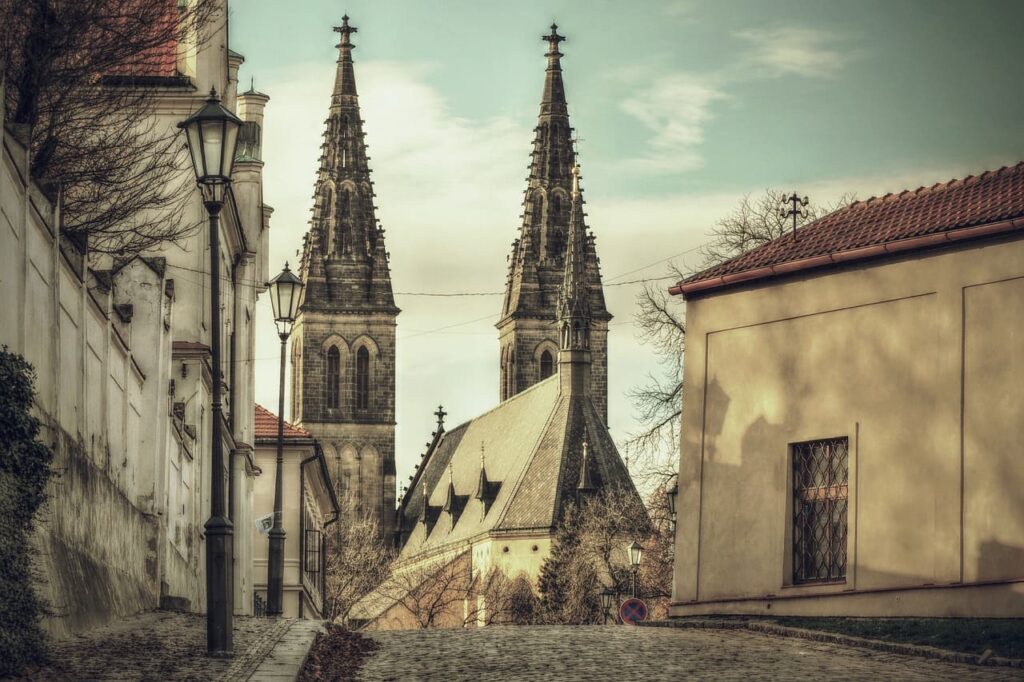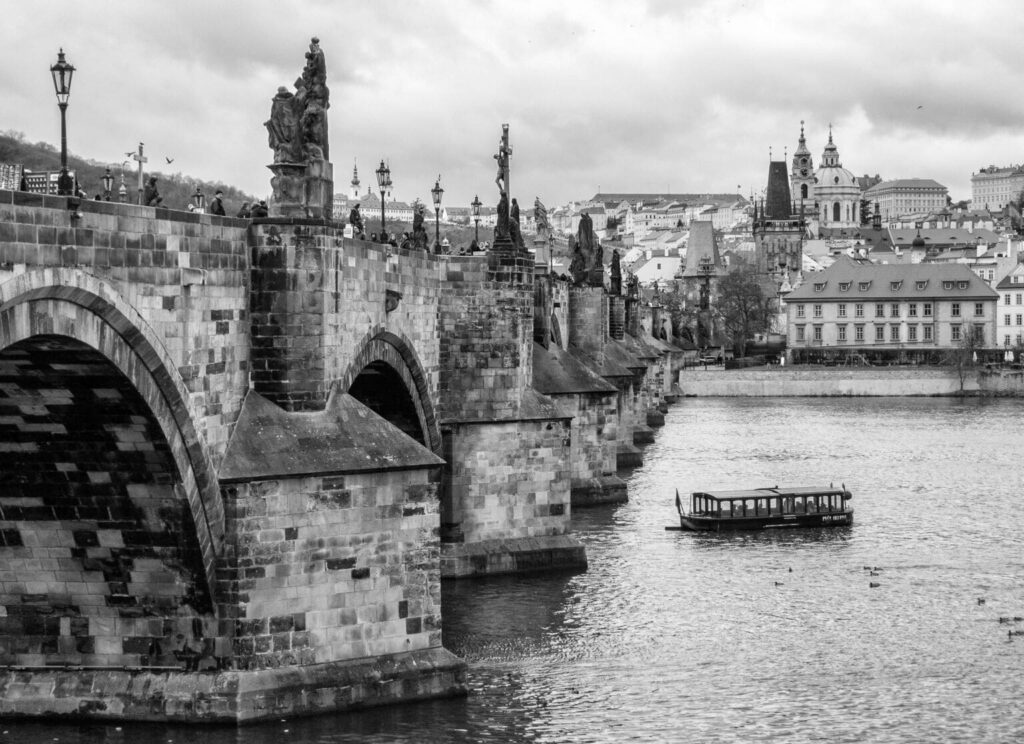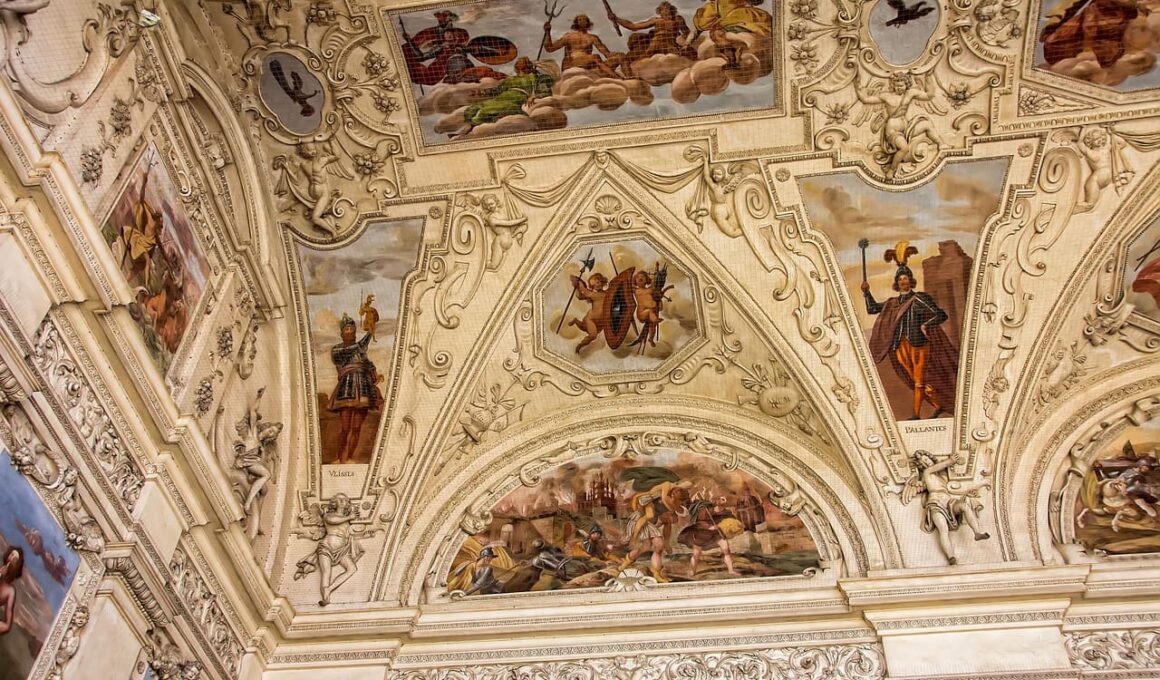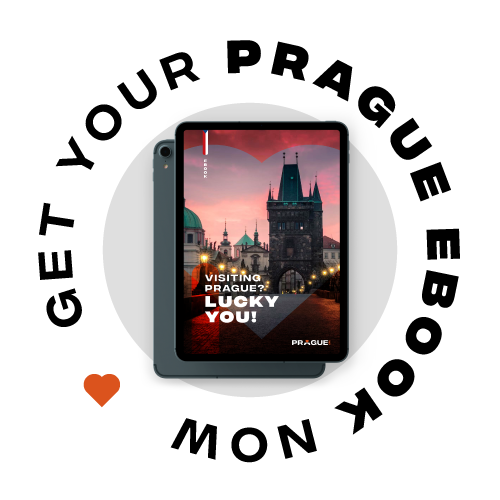Table of contents Show
Prague history is vast, spanning from the Austro-Hungarian Monarchy, freedom, Nazi occupation, communism, and finally, capitalism in the twentieth century alone. Find out about the major occurrences that have shaped Prague history. Prague has a rich and fascinating history that spans over a thousand years, including the infamous Prague Defenestration in 1618, when two Catholic governors were thrown out of a window by Protestant rebels, sparking the Thirty Years’ War. Simultaneously, discover the linguistic kaleidoscope of Prague and unravel the languages spoken in this captivating city.
Over the course of more than a millennium, the history of Prague shows that this fascinating city expanded from the grounds of Vysehrad Castle to become the capital of a contemporary European state: the Republic of Czech.
Prague’s three historic districts—the Old Town, the Lesser Town, and the New Town—were constructed from the 11th to the 18th century. They attest to the city’s enduring architectural and cultural prominence in Central Europe.
Hradcany Castle, the stunning St. Vitus Cathedral, the renowned Charles Bridge, and countless churches and castles are just a few of the many beautiful structures constructed in the fourteenth century during the reign of the Roman Emperor Charles IV.

A Brief History of Prague
Building the City of Prague
The history of Prague dates back considerably deeper than its middle ages skyline, starting in the ancient period of the Celtic Boii people who built the city in approximately 500 BC. In AD9, the tribe was wiped off, although not by the Romans like other Celts in Europe had been, but by the German Marcomanni.
The Marcomanni were responsible for the birth of the presiding Přemyslid dynasty, who ruled Prague till the fourteenth century. Wenceslas, one of the Přemyslid kings, was assassinated by his brother Bolislav and is buried in the crypt beneath the St. Vitus Cathedral in Prague. Notwithstanding political upheaval, this period saw Prague’s rise as a major commerce centre.
Prague’s Golden Era
The election of Charles IV of Bohemia as the Roman Emperor in the middle of the fourteenth century marked the beginning of Prague’s actual golden period, largely due to the efforts of the Přemyslid family. Charles, flush with funds, wanted to completely remodel the city and launched a massive construction project, the results of which include the famous St. Vitus Cathedral and the ancient Charles Bridge.
After the last direct heir to Charles died without heirs, a Calvinist king named Frederick V of Pfalz was crowned. Because of his religious beliefs, he came into dispute with the influential Haspsburg, and in 1620, he was overthrown by catholic soldiers led by Ferdinand II. Once governmental authority shifted to Vienna, Prague started to fall.
The Nazis Invasion
Four hundred years of peace and prosperity under Hapsburg rule were shattered in the 20th century when the city was first invaded by the Nazis and afterward hitched to the tyrannical Soviet Union. Leaving the citizens of Prague terrified and fearful, the Soviets brutally repressed any kind of opposition, most memorably during the city’s spring of 1968.
End of the Communist and Birth of Czech Republic
Despite setbacks, the Czech people kept their hope alive, and after the Berlin Wall came down in 1989, fifteen thousand students gathered in Prague and staged the Velvet revolution to end their communist rule.
After the Slovak part of Czechoslovakia split apart and walked away, the Velvet Divorce occurred, and Prague became the capital of the newborn Czech Republic.
Citizens in two countries, the Czech Republic and Slovakia, are commemorating the event 30 years after it triggered the fall of communism in Czechoslovakia.

Prague Religious History
From a Pagan Culture to Christianity
The religious history of Prague may be traced back to before the 9th century when the territory now known as the Czech was home to a pagan culture. Christian missionaries Cyril and Metodej first came to the area in the year 863 A.D. Soon following their arrival, the territory became Christianized along with Europe as a whole. The Catholic Church rose to prominence.
The first king of Bohemia to make Christianity the official religion of the country was Boivoj I, the Duke of Bohemia, who Saints Cyril and Methodius baptized.
The Fall of Christianity
A majority of Czechs once practiced Christianity, but that trend reversed itself starting in the latter part of the nineteenth century and continuing throughout the twentieth The number of Czechs who identify as Christians decreased from 94% to 12% between 1950 and 2021, according to official censuses conducted by the Czech Statistical Office.
During the Communist rule (1960-1990), the persecution of Christians eventually led to a decline in the religion.
The Communist regime’s approach to religious suppression was to undermine any opposition from institutions like the Catholic Church.
The Spread of Atheism
When the communist government of the Czech Republic finally fell. Over time the number of self-proclaimed atheists grew steadily over this period. They wanted to be left alone to practice their religion as they saw fit after many years of government interference.
With the reestablishment of religious freedom after the Velvet Revolution in 1989, non-Christian religions were able to grow in the country. According to historian Jan Spousta, Christianity steadily lost its status as the mainstream religion of the Czechs all through the twentieth century. The majority renounced Christianity, making it a religion of choice again for the minority that continues to associate with it and practice it.
Among the world’s least religious countries is the Czech Republic, where the vast majority of its citizens do not claim any religious affiliation.
After experiencing the oppression of the Communist regime, many Czechs decided that they no longer wished to be members of any religious organization.
Religion in Prague Today
As of now, the Czech Republic is a place where religious liberty is respected. Nonetheless, in the 40 years of the Communist government, religion was effectively banned, and church attendance was discouraged.
Most Czechs nowadays are either atheists or choose not to identify with any particular church, which may be a direct result of the nation’s long history of institutionalized atheism.
Thirty-nine percent of Czechs today identify as atheists, 39.2 percent as Roman Catholics, 4.6 percent as Protestants (1.9% belong to the Hussite Reform Church, 1.6 percent to the Czech Brotherhood Evangelical Church, and 0.5 percent to the Silesian Evangelical Church), 3.3 percent as Orthodox Christians, and 13.5 percent as people who have not yet made up their minds.
Nevertheless, several international churches, such as those of the Buddhist faith and others, were welcomed into the country after 1989 and have subsequently formed local congregations.
There is still a tiny Jewish community, numbering around 10 thousand. Three hundred and sixty thousand Jews lived in Europe prior to the actual Nazi invasion.
Skip the Line and Explore Prague Castle
Prague Castle is one of the most popular tourist attractions in the world, and for good reason. It is a UNESCO World Heritage Site and home to a number of important historical buildings, including St. Vitus Cathedral, the Old Royal Palace, and the Golden Lane.
This experience allows you to skip the long lines at the ticket office and get straight to exploring the castle. You will also receive a short introduction to the castle complex from a local guide, who will give you some tips on the best places to visit.
In addition to the skip-the-line ticket and introduction, you can also choose to add an audio guide to your experience. This will allow you to learn more about the history and significance of the castle as you explore.
Highlights
- Skip the long lines at the ticket office
- Receive a short introduction to the castle complex from a local guide
- Explore the castle at your own pace
- Visit St. Vitus Cathedral, the Old Royal Palace, and the Golden Lane
- Learn about the history and significance of the castle
What is Included
- Skip-the-line ticket to Prague Castle
- 15-minute introduction to the castle complex
- Online audio guide (optional)
- Orientation map
- Skip-the-line for the security check into the Prague Castle complex
- Tour guide (aside from 15-20 minute introduction)
Visit Prague and Learn About its Fascinating Past
Prague’s history is really intriguing. According to Prague’s recorded history, it’s the sole major European city to have avoided bombing during both World Wars. Intriguing, right? Plan a trip to Prague, the Czech Republic’s capital and largest city, and prepare to be enthralled by the country’s rich history.
While the history of Prague has been a tumultuous one, the city’s growth over the past few decades is more steady than revolutionary.
The city is in a better economic form than the nation as a whole, thanks to the thriving tourism industry and the strong industrial base.





